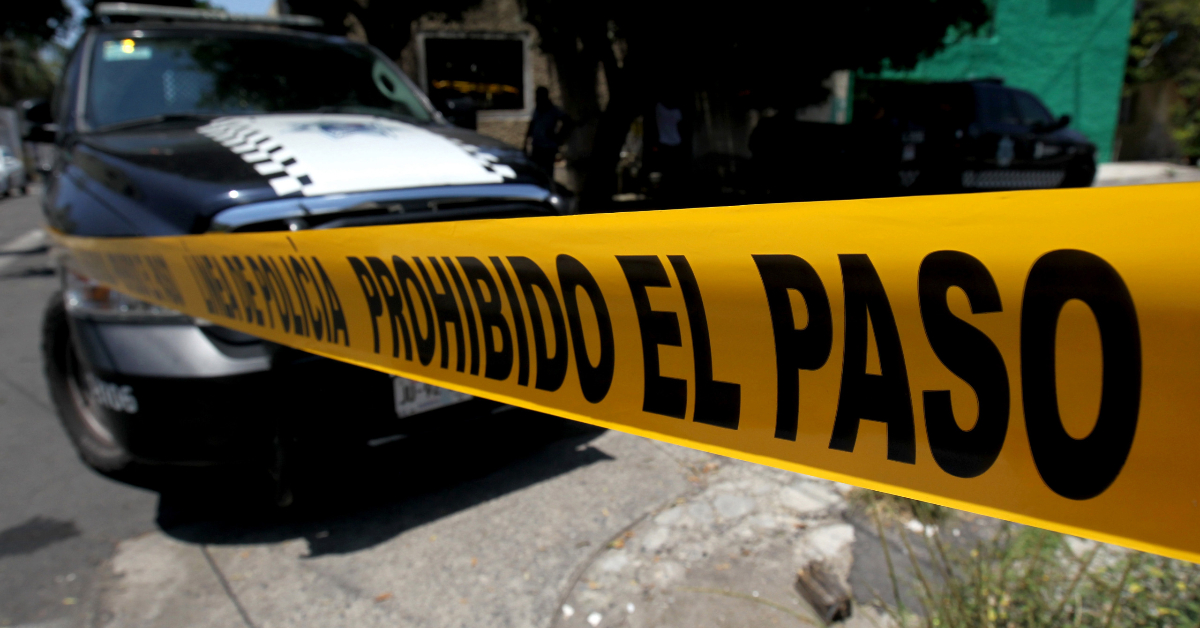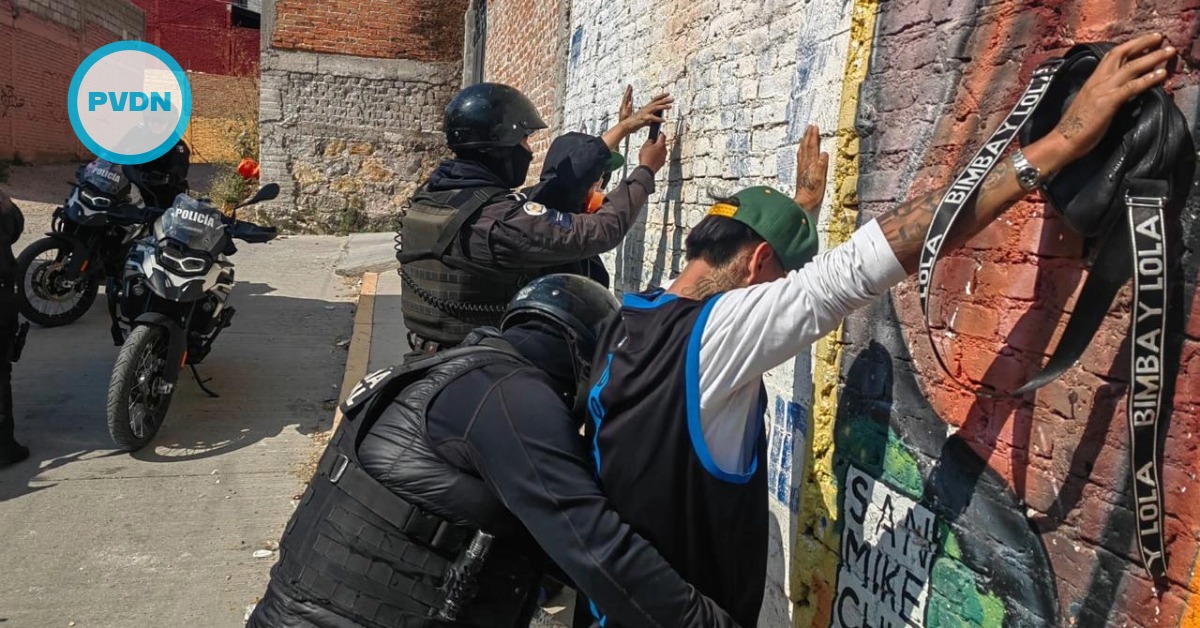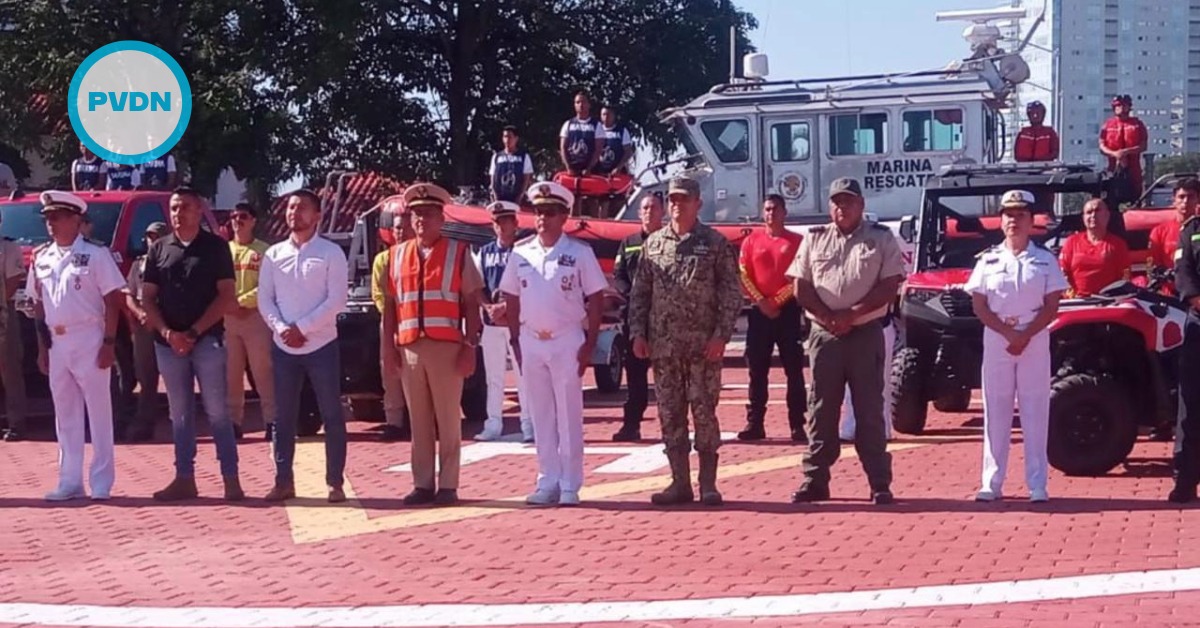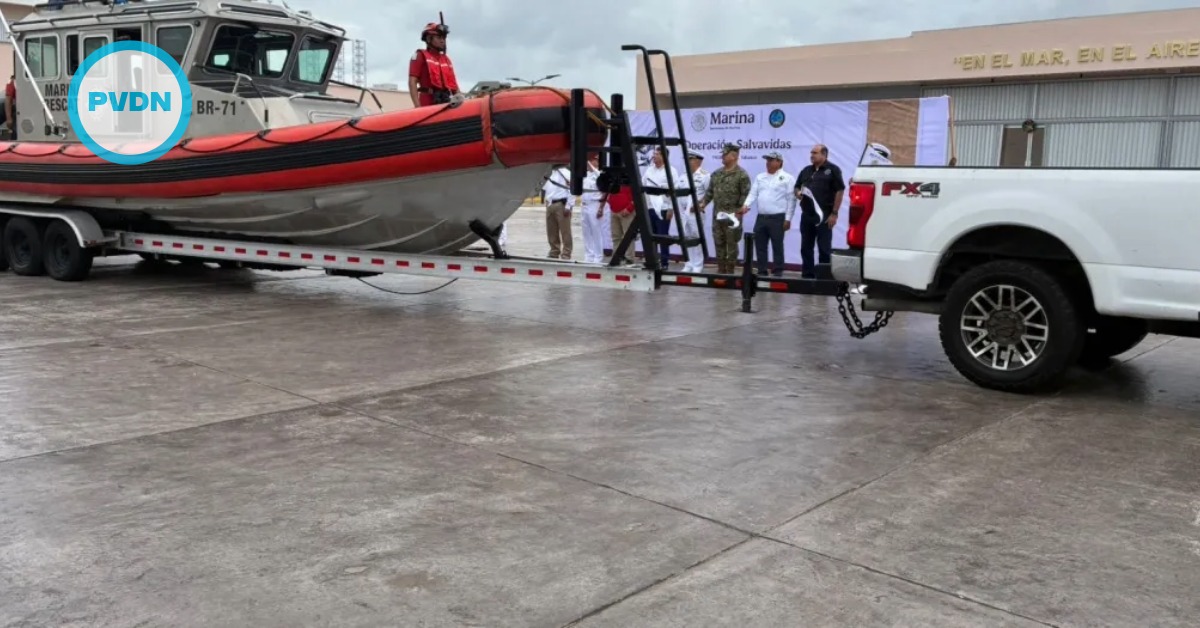Puerto Vallarta (PVDN) - The presidency of Andrés Manuel López Obrador (AMLO) since 2018 has been shaped by his approach to managing violent crime, which remains a major security threat in Mexico. Recent arrests of high-profile individuals such as Ovidio Guzmán of the Sinaloa Cartel and Antonio Oseguera of the Jalisco Nueva Generación Cartel (CJNG) suggest a strategy focused on capturing key figures involved in fentanyl and synthetic drug trafficking.
These efforts take place in the context of often-tense relations between Mexico and the United States, which have experienced differences over immigration . . .






